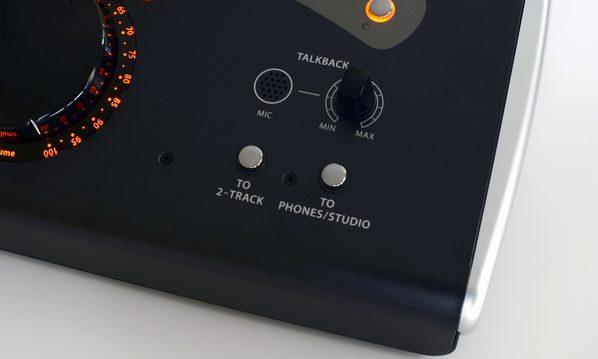
Is buying a monitor controller on your list This is understandable, because monitor speakers, headphones, and audio interfaces are the typical first purchases made by home producers. And because the loudspeakers are mostly active monitors, you have to be able to adjust the monitoring volume on the way to them. Because only some systems have their own level of control. And at the latest, if you want to control with headphones, listen to mono or connect an alternative monitor without a lot of rewiring and switching, you have to think about monitoring controllers because of the possibilities of the audio interfaces and the DAW-internal solutions are usually too weakly equipped. Here you will find tips and hints for buying - from the tiny volume control to the extensive monitoring controller with talkback and surround capability.
What is a monitor controller?
A monitor controller is a device that is used in the recording studio to be able to set the listening best monitors speakers louder and quieter.
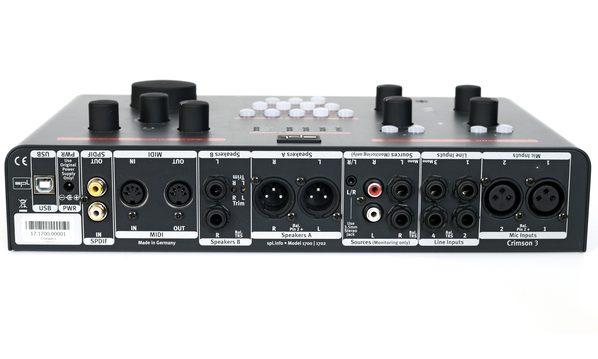
Almost all monitor controllers can switch between different speaker pairs and headphones, and many also have talkback functionality (communication with the musicians via headphones). Buying a monitor controller: selection criteria
How many speakers can you connect to the monitor controller?
It is of course important that you can also connect all speakers that you want to use. There are very simple controllers such as the JBL Nano patch +, to which you can really only hang one pair of speakers. Others allow the connection with the main monitor and two "Alt" speakers. Some larger representatives even allow the surround configuration. With stereo controllers, too, it makes sense to be able to switch on or mute a subwoofer separately in a 2.1 configuration.
Which outputs does the monitor controller have? That is probably one of the most important questions when buying.
The outputs also include the important headphone outputs. A monitor controller has one, sometimes two headphone amplifiers for this purpose. It is good if the headphone amplifiers can be fed with different signals. For example, one amp can then hear the engineer/producer's monitoring signal ("control room"), another the "artist" signal from playback, monitoring of its own signal and talkback. This way is called "cue".
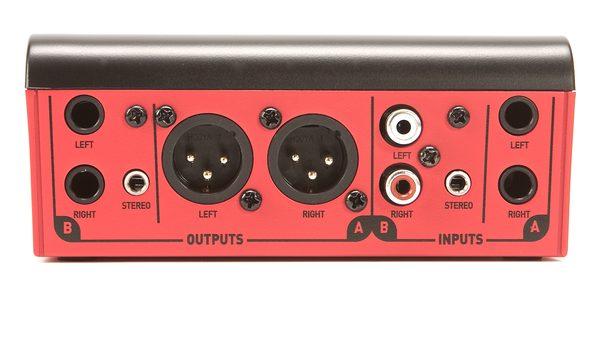
Pay attention to inputs when buying monitoring controllers
A single analog stereo input is rarely sufficient. It makes sense if the monitor controller has a source selection. This allows you to choose between DAW1 and DAW2, for example. But the stereo system can also be connected to the speakers, with a 3.5mm jack input or adapters it can also be the MP3 player or smartphone to compare mixes or simply to get to know the speakers better. The integration of Bluetooth for exactly these purposes is still quite rare - but extremely practical to be able to gene something from the smartphone to the speakers.
Different inputs are also useful if you want to feed a keyboard or synthesizer directly to the monitor, for example. Anyone who wants to play something is reluctant to boot up the computer, turn on the interface and start routing. More expensive systems also like to have digital inputs, often in S / PDIF or AES / EBU format.
Two-room studio? Monitor controller should have talkback
Especially if you use a control room and a recording room in a “classic” layout (and this also includes moving the singer into the next room), you need a communication line. In this case, make sure that there is a talkback function and that this signal can be mixed with the cue signal. It is ideal if you can connect an external talkback microphone instead of a built-in microphone and even switch it with your foot!
Now and then you can find autocue: As soon as there is no signal at the selected input, the talkback signal is active.
The most important talkback and monitoring functions (which are explained in detail under the linked article) also include Dim, Mutes, and Mono. Dim means that the level is lowered with a switch, for example, if you want to have a brief conversation at high listening levels or if you need a referenced level drop during recording or mixing. With mono stereo effects (and side effects) can be assessed, it is ideal if individual channels can also be muted.
More and more sound engineers and producers are realizing the importance of constant monitoring levels. This is why more and more monitor controllers have fixed levels that can be set - or at least roughly rasterized level controls with which a monitoring level can be reproduced.
Also read about:
How to Pass Juniper JN0 1331 Exam with JN0 1331 PDF Dumps
Skin Care Tips and Tricks For Women
Best Beaches in Gokarna

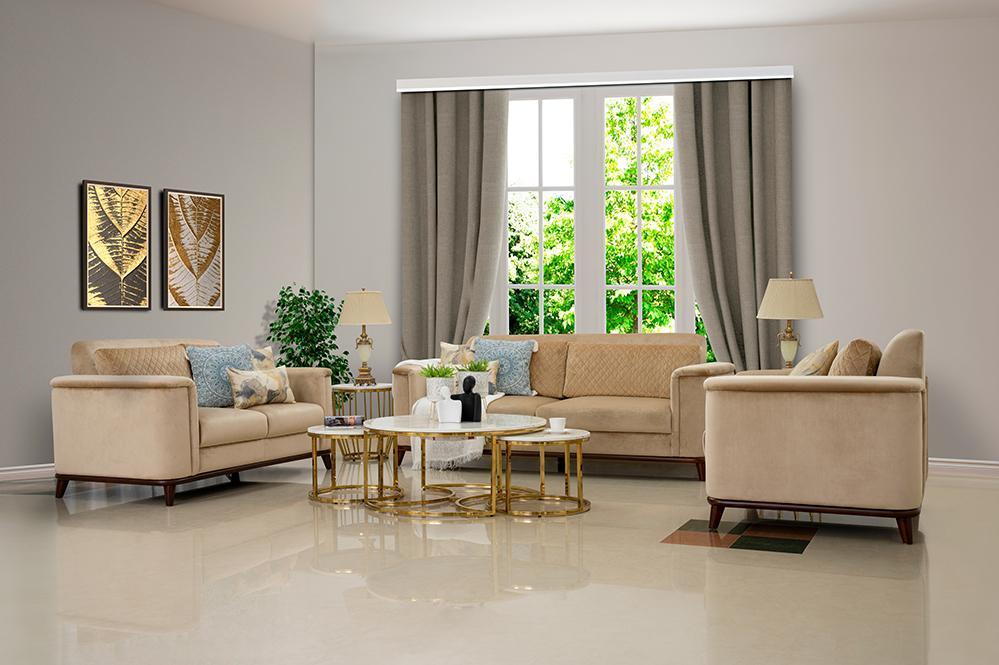

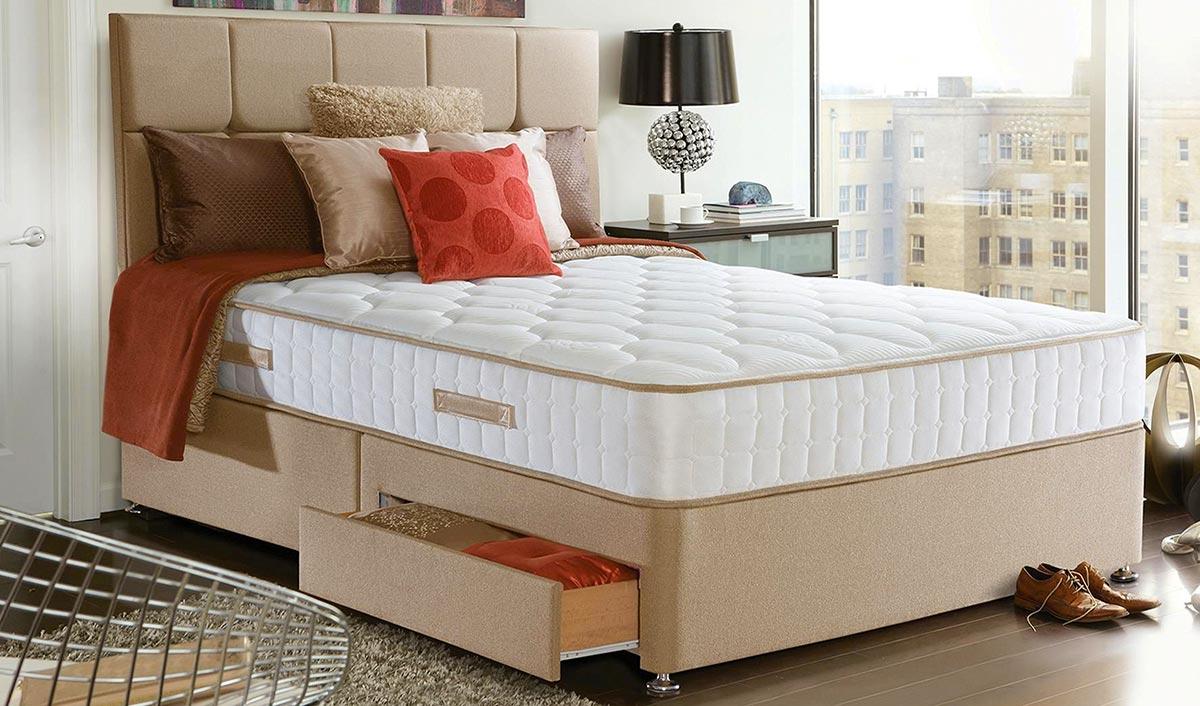






More Stories
Difference Between Graphics and Video Card
What is Instagram History and marketing
What are Heat Sinks Functions Types More
Security Guide Keeping Your Small Business Safe
How to Run Windows Apps on Mac Desktop
Workstation Advantages and Disadvantages